I don’t mean to bring a downer on things, but we’re as good as half way through February already!
I always start off the new gardening year nice and chilled, a long list of jobs to be done but what’s the rush? There’s still a good 10 weeks to go before I need to start thinking about sowing seeds, cutting grass and looking out for weeds. Plenty time.
January comes and goes, with lots of jobs completed like winter pruning and a new path laid.
Over winter’s worst
“It’s only the start of February,” I say to myself. But the mind needs to sharpen its focus to make sure everything does get done.
Now I’m realising there’s only a couple of weeks left of the month. I can’t help but draw a sharp breath but I just need to remind myself I’ve been here before. It’ll all work out.
We are definitely over the first hurdle of the winter now. A bit more life is starting to appear in the garden with the arrival of the snowdrops.
Since the last of the coloured autumn leaves fell, we’ve really been relying on the structure of our garden to supply us with interest.
Winter interest
Plantings like evergreen shrubs, or works of topiary as the centrepiece beside the dried foliage of grasses or flowering stalks from the herbaceous.
The sight of mass displays of flowering snowdrops really lift the spirits. You know from now on the only way is up and spring is just around the corner.
I really like looking at the garden during the winter time. Of course at this time of year it’s just a shadow of its summer glory, but there is still so much we can have in our gardens to make them interesting.
I actually like to challenge myself to make sure that, no matter how I lay it out or what plants I use in the garden, it provides something for me to enjoy during the darker months.
Most of us only have a size of garden that means that we have to work hard to achieve multi-seasonal interest.
But that doesn’t stop me from admiring planting schemes that are all-out designed just to please in winter time.
A popular tree used by designers is the Himalayan Birch due to its amazing white bark.
Colour for the dark days
Betula utilis var jacquemontii ‘Grayswood Ghost’ is one of the whitest which looks stunning as a centre piece of a winter border but extremely impressive when used en masse in a grove, but we’re talking a seriously big garden to achieve this.
I don’t think any winter display would be complete without the coloured stems of the dogwoods.
Red or yellow, take your pick, or even better the variety ‘Midwinter Fire’ where the the colours merge together for that warming effect.
These can spread by layering to create a wide, bold effect either beside or surrounding a birch.
Or you could go for a more classy Japanese Maple in Acer palmatum ‘Sango-kaku’ where the younger shoots and bark are a coral-red colour.
We’re only getting started. Next, think of the underplanting that will complement the colours we’ve already got.
You can’t beat green during the winter for bringing life when everything else seems bare.
Dwarf pines and conifers, which seem to be making a comeback now, are a perfect addition here, not only for their colour but also their architectural shapes.
Erect yews could be planted in groups of odd numbers, or a single pendulous cedar can steal the whole show.
I like it where a single plant is used repeatedly as it links a whole border together. The mounded Pinus ‘Smidtii’ could be used to do just that.
Or maybe its cousin Pinus mugo ‘Winter Gold’ whose new growth which appears in spring is bright green before turning golden yellow as the temperature drops over winter.
Grass adds movement
No planting is complete without a grass. It’s just wonderful for creating that feeling of movement in the garden, even in the gentlest of breezes.
The dead foliage from last year still looks attractive for a few more weeks anyway, whilst the evergreen grass of silvery-blue tufts, Festuca glauca ‘Elijah Blue’ is attractive itself, and also marries well with lighter flowering colours of heathers.
Us Scots do like a low-maintenance garden. A ground cover plant will help suppress weeds and one of the best for the winter garden is Bergenia ‘Bressingham Ruby’. The winter foliage is a beetroot-red.
This is the kind of plant that I like to have fun with, planting it like a river meandering through the bed.
I’m only scratching the surface on the list of plants that we can use. It makes me wonder why our gardens aren’t more interesting at this time of year.
Ach, how could I forget Snowdrops!
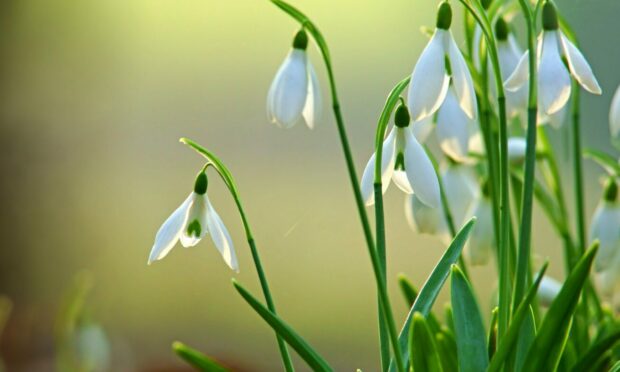
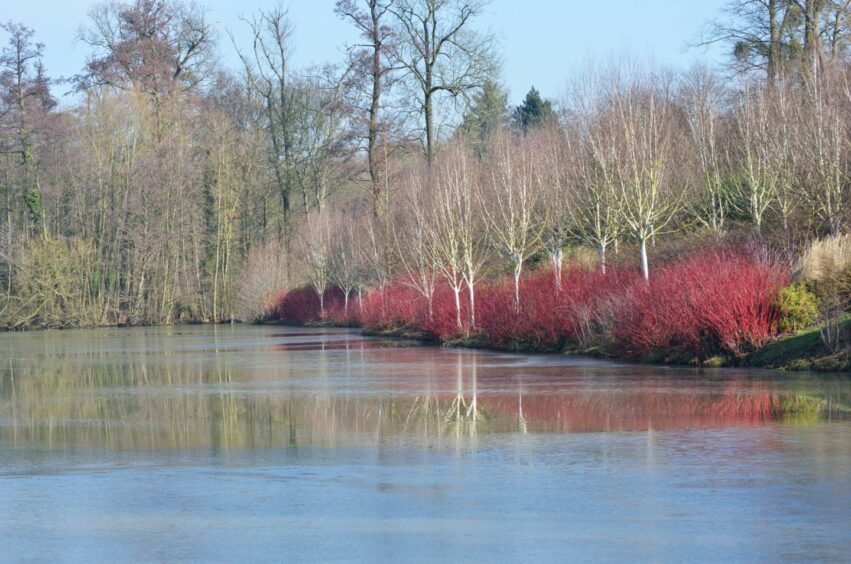
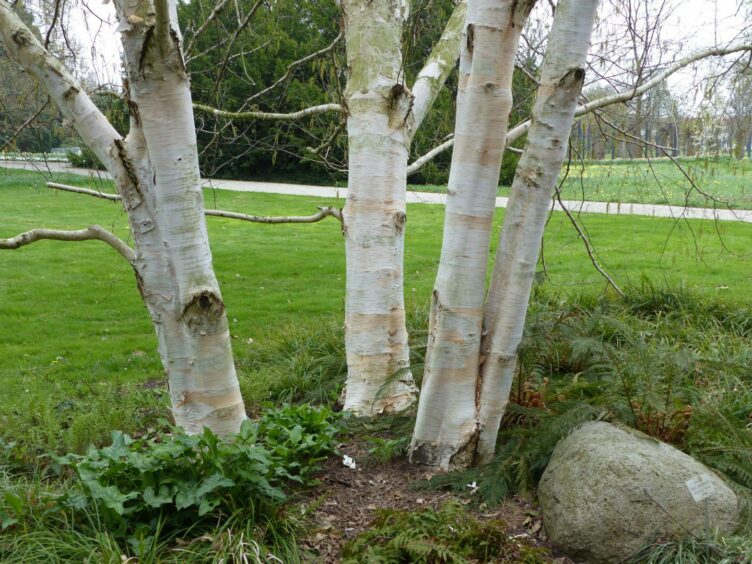
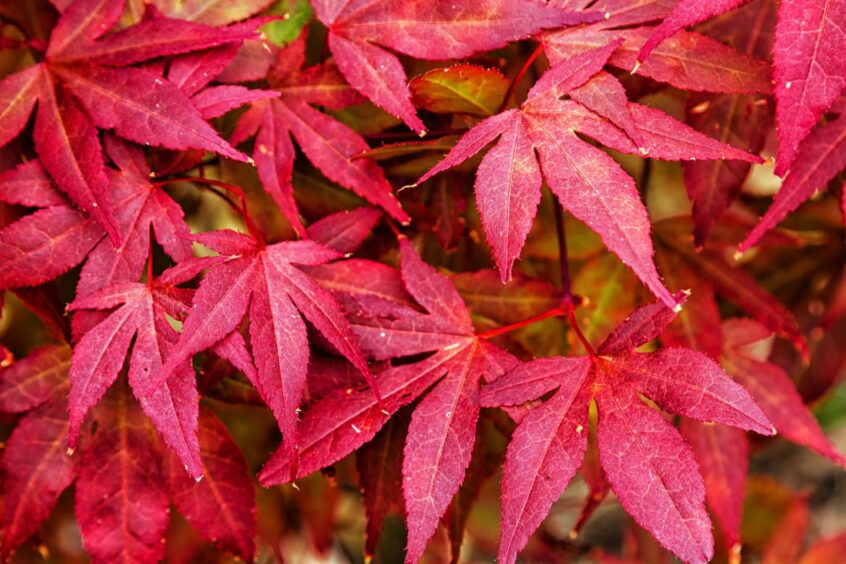
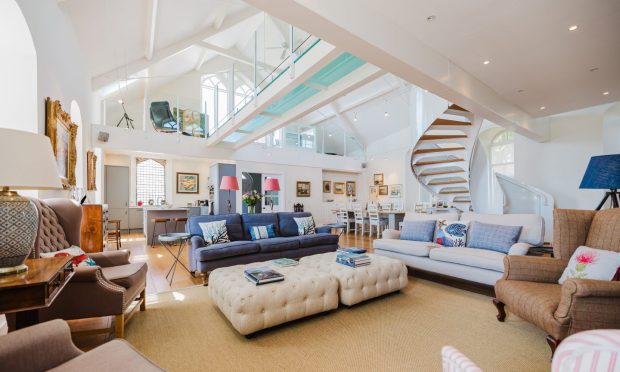
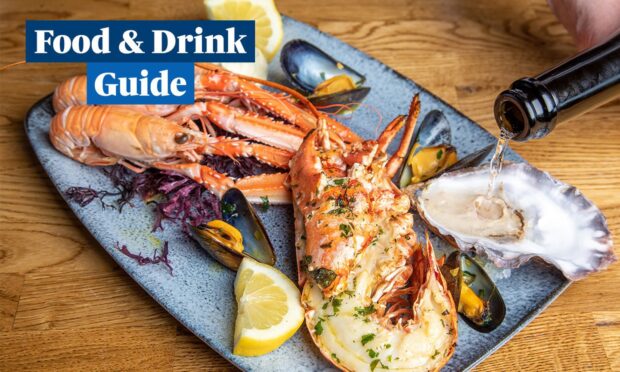








Conversation